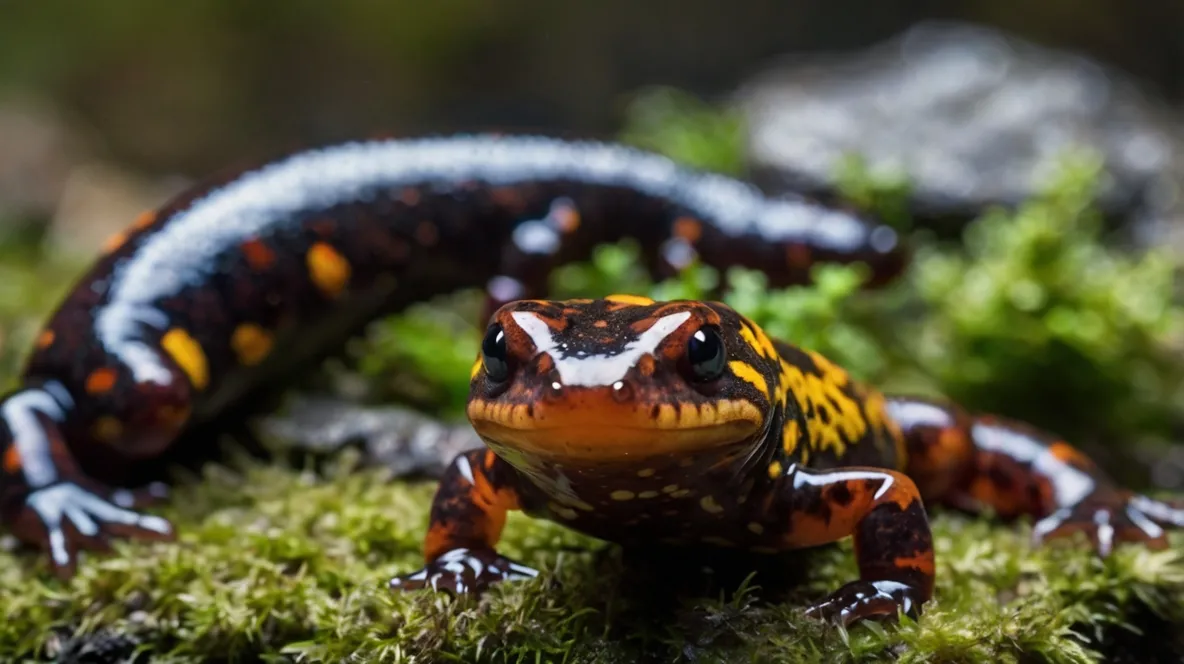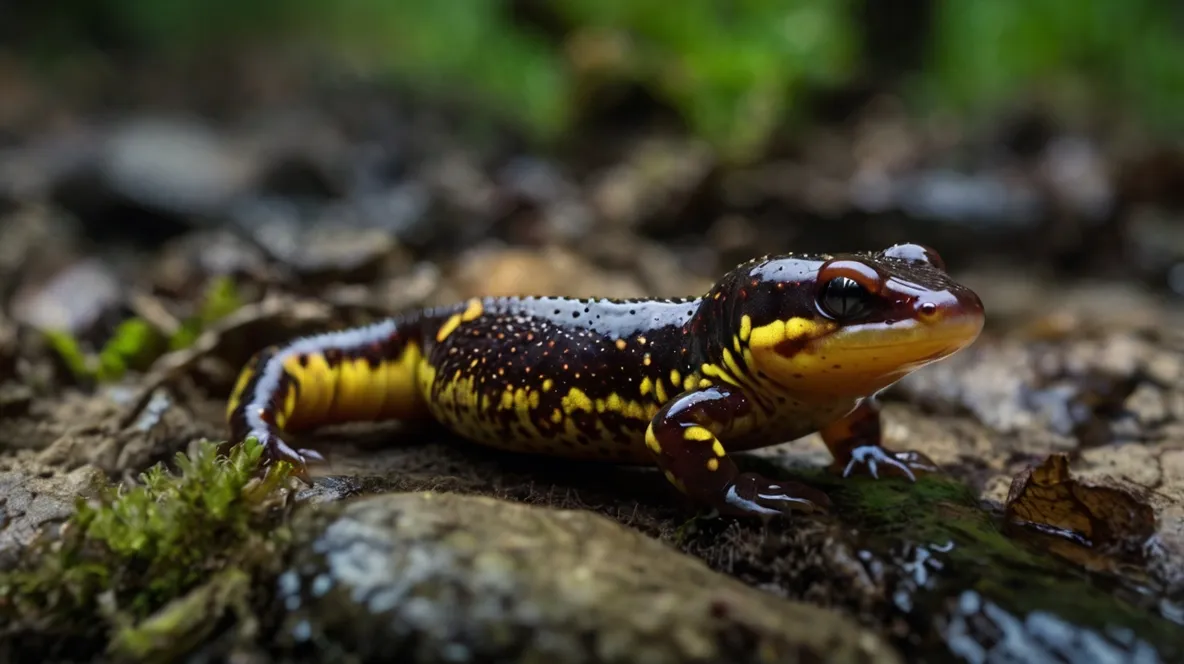Salamander Interaction & Observation Guide
Observing and Caring for Salamanders
Salamanders, like most amphibians, are sensitive creatures primarily kept as display animals. Handling should be strictly limited or avoided altogether due to their permeable skin and susceptibility to stress. Interaction mainly involves providing proper care and observing their interesting, often secretive, behaviors within a suitable habitat.
WARNING: MINIMAL TO NO HANDLING. Salamander skin is delicate, absorbent, and part of their respiratory system. Oils, salts, soaps, lotions, and other residues on human hands can be extremely harmful or fatal. Handling also causes significant stress. If absolutely necessary (e.g., medical emergency, essential relocation), always use clean, powder-free nitrile gloves moistened with dechlorinated water.

The Critical Role of Skin
Understanding their physiology highlights the need for a hands-off approach.
- Permeable Skin: Salamanders absorb water and oxygen directly through their skin. This also means they readily absorb harmful chemicals.
- Protective Slime Coat: Their skin is covered in a protective mucus layer which can be damaged by dry hands or improper handling, increasing infection risk.
- Stress Impact: Handling induces a stress response that can compromise their immune system over time.
- Temperature Shock: The warmth of human hands can be a significant temperature shock to these cool-temperature amphibians.
Enjoying Salamanders Through Observation
Create an environment where you can appreciate their natural behaviors without direct contact.
- Naturalistic Habitat: A well-planted terrarium or paludarium with appropriate substrate, hiding places (cork bark, leaf litter), and moisture levels is key.
- Observe Activity: Many salamanders are nocturnal or crepuscular (active at dawn/dusk). Observe them exploring, hunting, or soaking during their active periods. Use a dim red or blue light for nighttime viewing if needed.
- Feeding Response: Enjoy watching them hunt live foods like earthworms, crickets, or other appropriate invertebrates.
- Environmental Interaction: Appreciate how they utilize different parts of their habitat, such as burrowing or climbing (depending on species).
Care-Based Interaction
Your main interactions involve maintaining their environment.

- Feeding: Introduce food items using tongs or by placing them in a designated feeding area.
- Water Quality: Maintain clean water sources (water dish or aquatic section).
- Humidity and Moisture: Mist the enclosure as needed to maintain appropriate humidity levels for the species.
- Substrate Maintenance: Spot clean waste and periodically refresh substrate, performing these tasks calmly.
- Emergency Handling Only: If capture is unavoidable, gently guide the salamander into a container using moistened, gloved hands or another soft tool. Minimize handling time drastically.
Recognizing Environmental Stress
Monitor for signs that conditions might be causing stress, even without handling.
- Excessive Hiding / Immobility: Constantly hidden or unusually inactive might signal improper temperature, humidity, or security.
- Refusal to Eat: Lack of appetite can be a sign of stress or illness.
- Skin Issues: Watch for any unusual spots, lesions, or excessive shedding, which could indicate health problems often linked to environmental stress or poor water quality.
- Erratic Behavior: Frantic attempts to escape the enclosure could indicate unsuitable conditions.
Handle with Your Eyes: The best way to care for and appreciate salamanders is by providing an optimal environment and observing their fascinating lives without direct physical contact. Their health depends on this hands-off approach.